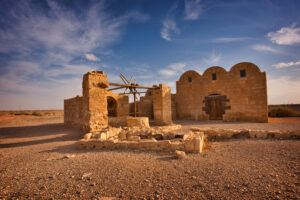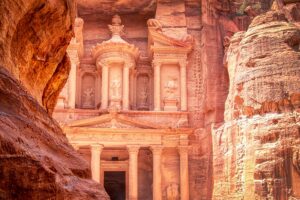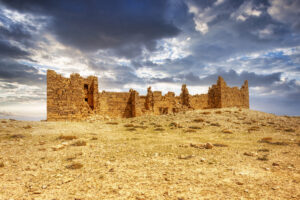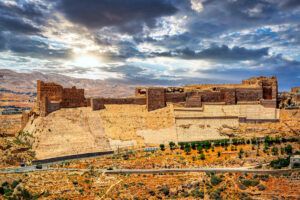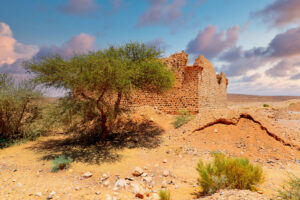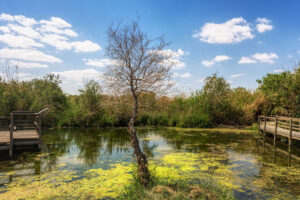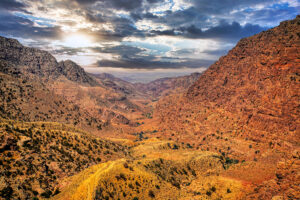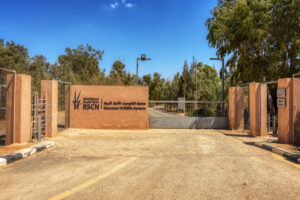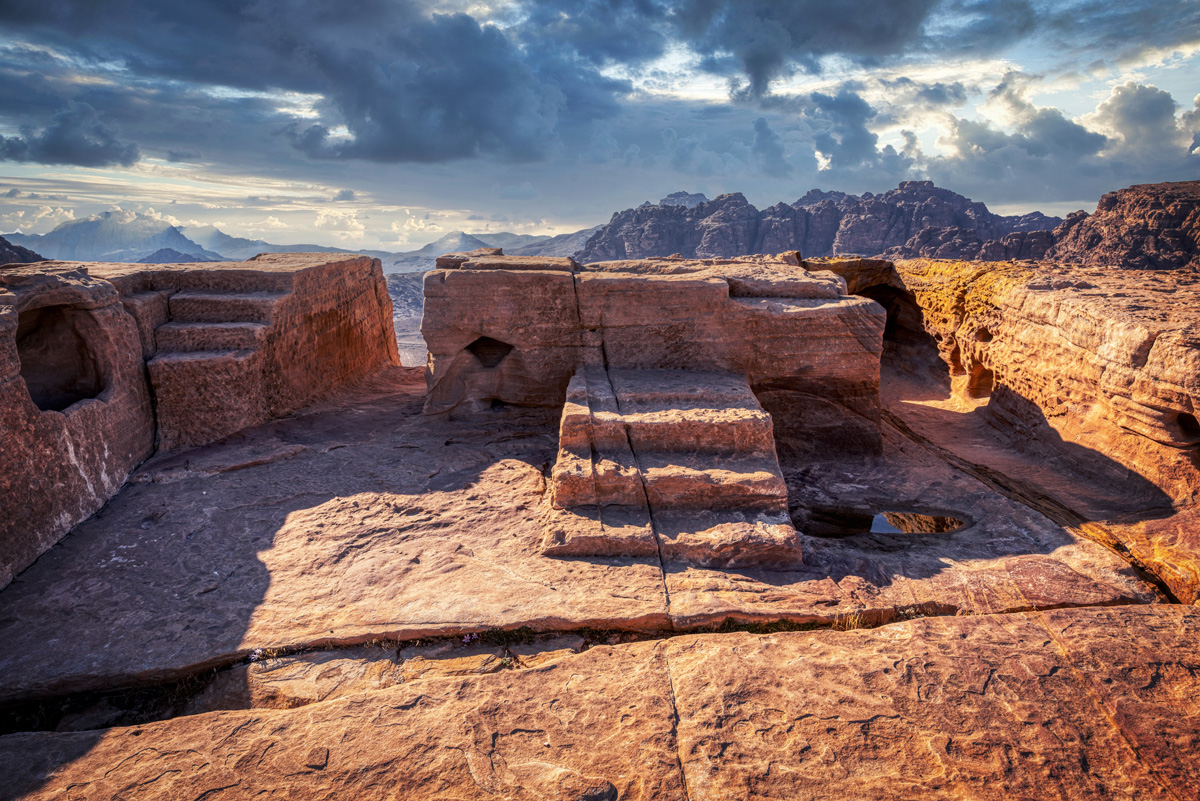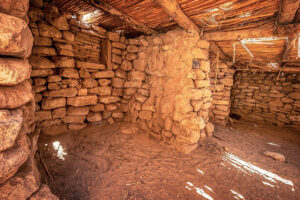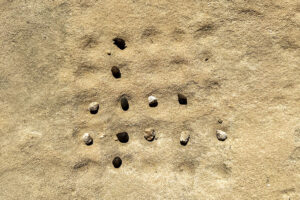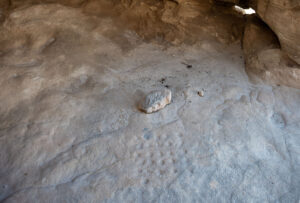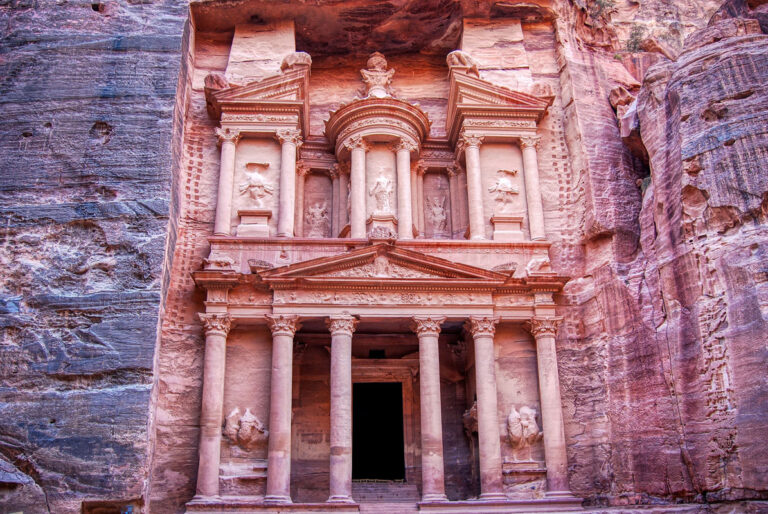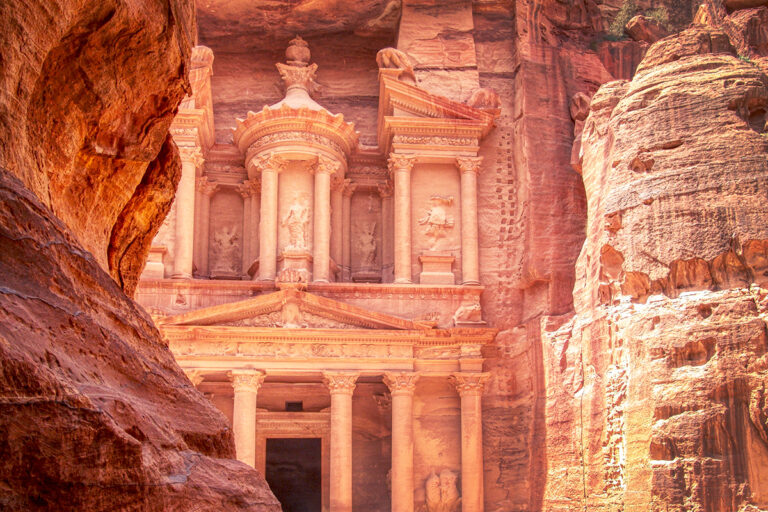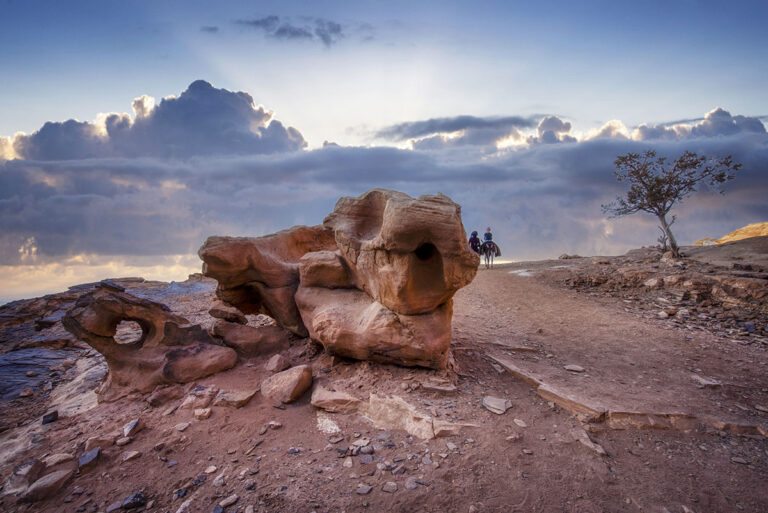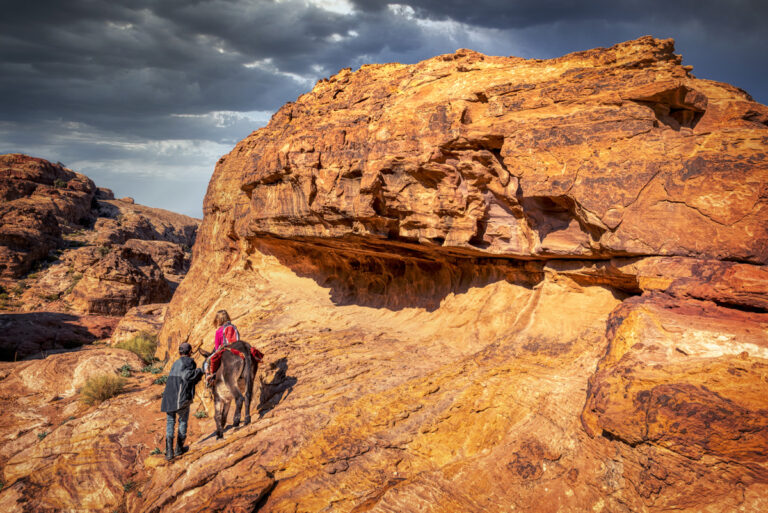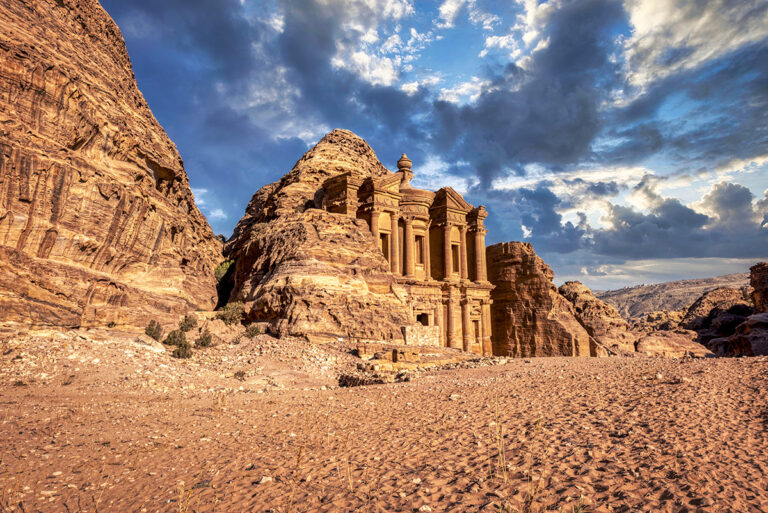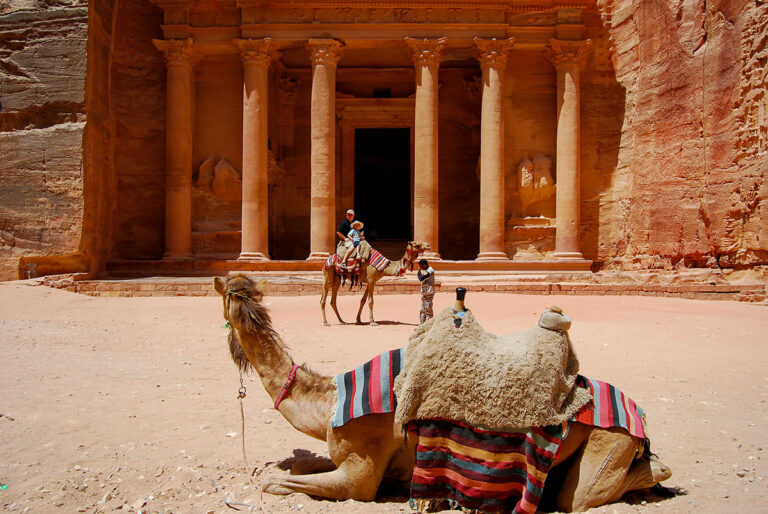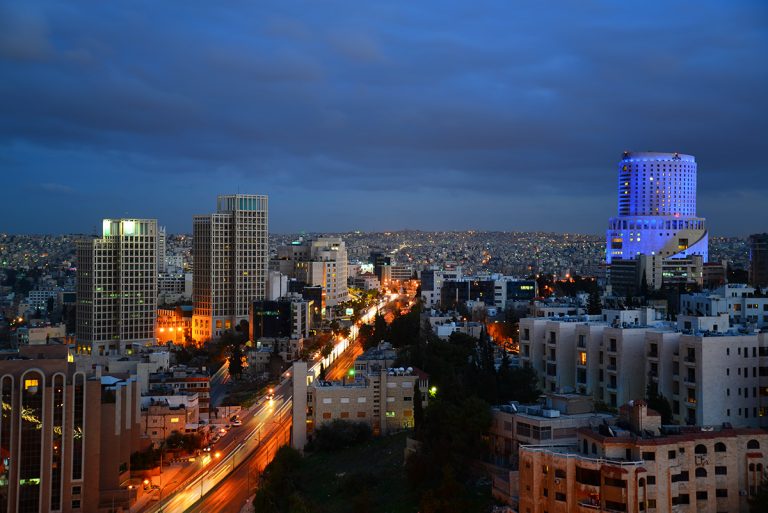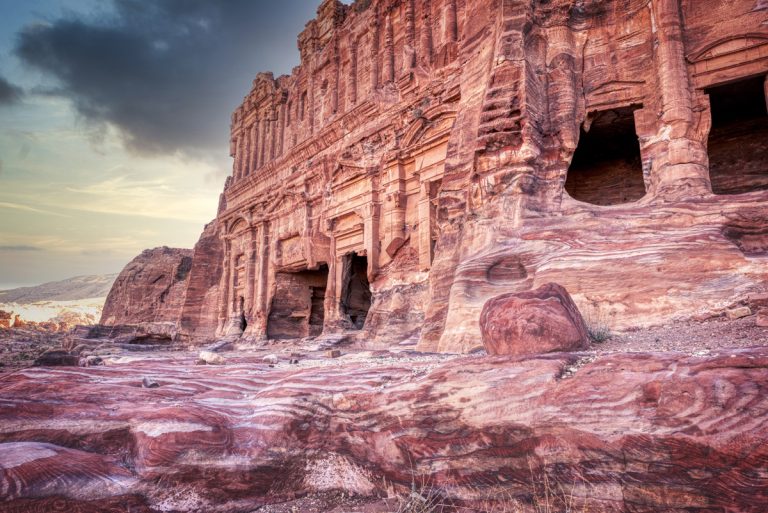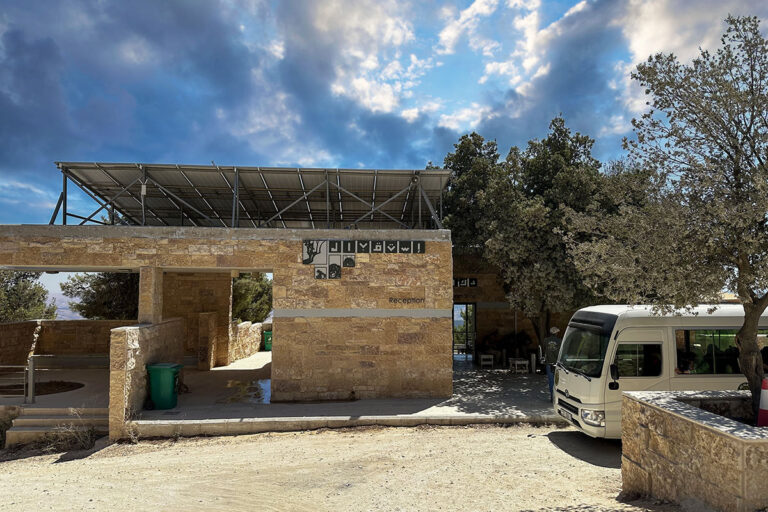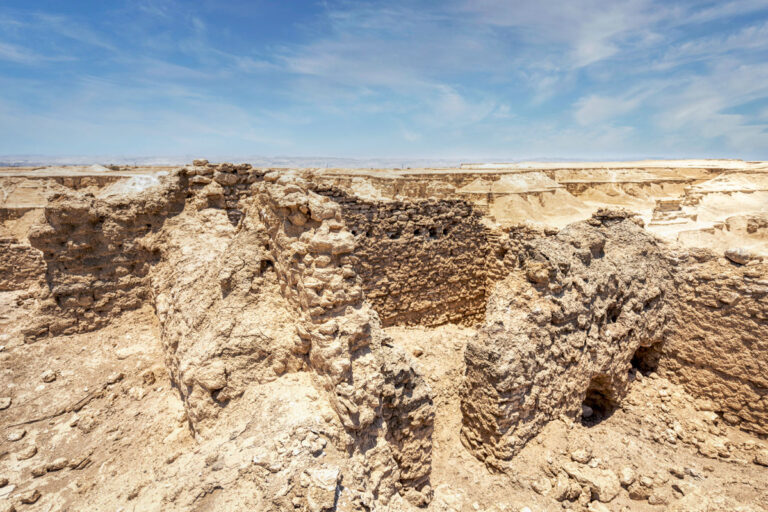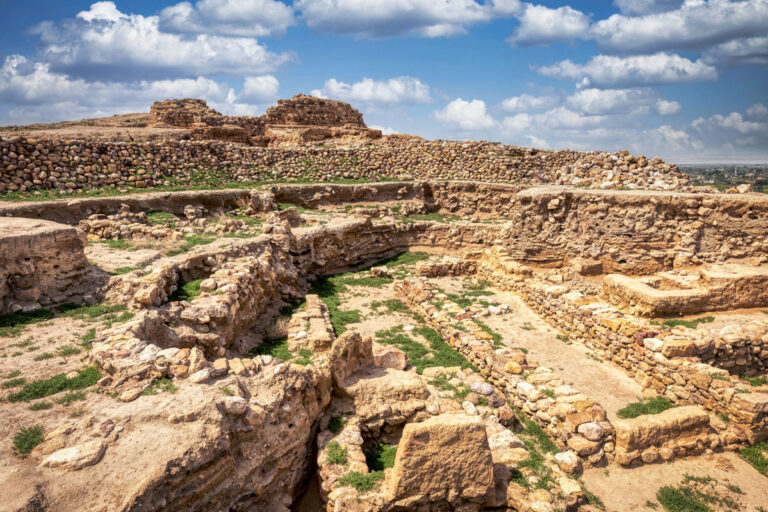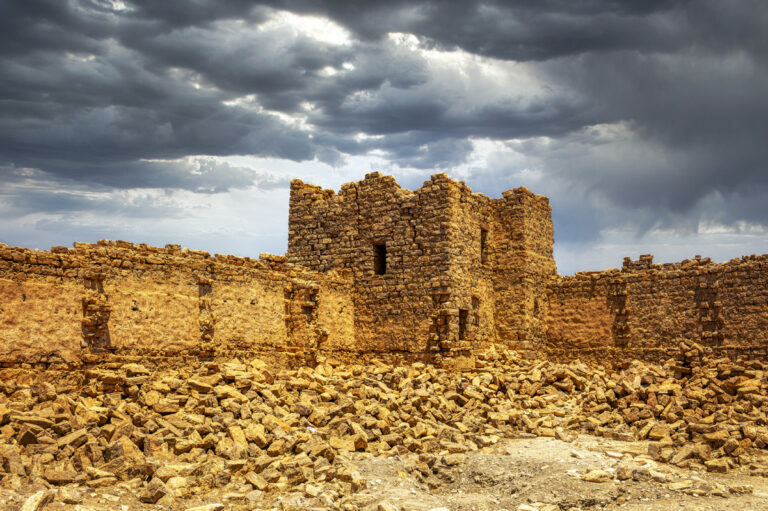Petra’s blend of natural beauty and historical significance makes it a must-visit destination for travellers and historians. It was named one of the New Seven Wonders of the World in 2007, further cementing its status as a global treasure. The site is vast, with numerous tombs, temples, and other structures spread across a rugged desert landscape. Despite its ancient origins, much of Petra remains unexcavated, leaving many mysteries yet to be uncovered. To explore Petra, one must follow one of the designated trails. Today, we will discuss the High Place of Sacrifice Trail.
The High Place of Sacrifice Trail is one of Petra’s most intriguing hikes, offering a mix of history, adventure, and breathtaking views. This trail leads to one of the city’s most sacred Nabataean sites—the High Place of Sacrifice. Elevated above the ancient city, it rewards hikers with an unparalleled perspective of Petra’s majestic landscape.
Where the Adventure Begins
The trail begins near the Street of Facades, with a well-marked path guiding visitors up the rugged terrain. From the very start, you’ll feel immersed in Nabataean history as you ascend steps carved directly into the rose-red sandstone. This uphill climb, dotted with alcoves and niches once used for rituals, sets the scene for the sacred site awaiting you at the summit.
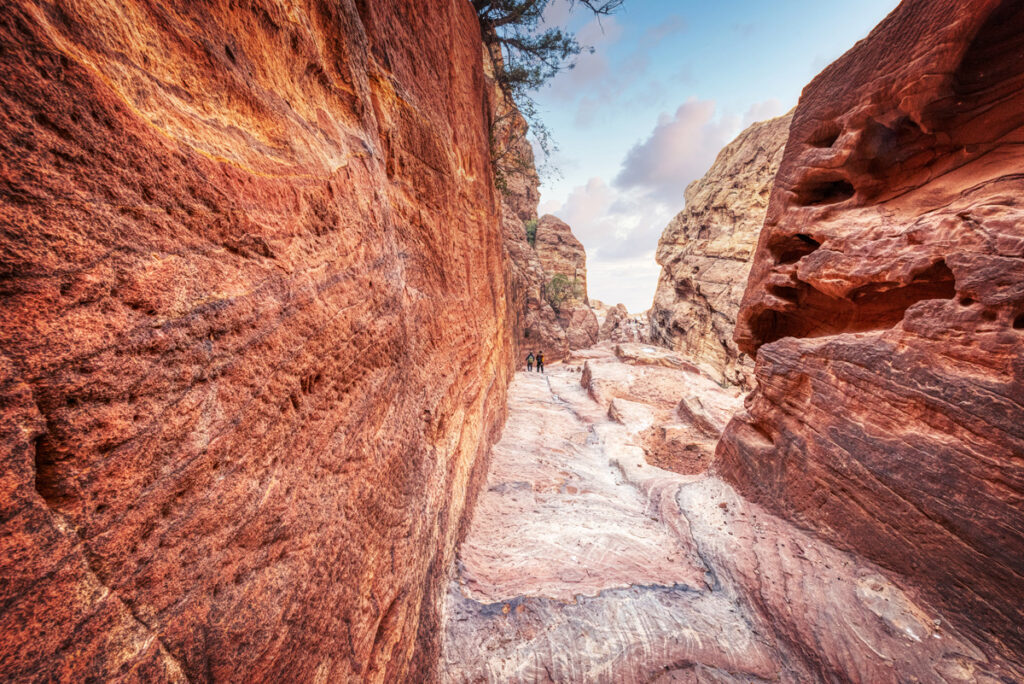
The Climb to the High Place of Sacrifice
The hike to the High Place of Sacrifice involves navigating approximately 700 steps spiraling through Petra’s dramatic cliffs. These steps, skillfully hewn by Nabataean hands, have withstood centuries and create an inspirational setting for your ascent. The climb takes about 45-60 minutes, depending on your pace and how often you pause to take in the views or snap photos. The trail is moderate in difficulty, requiring a reasonable level of fitness and sturdy shoes, but the path is well-trodden and manageable for most visitors.
Scenic Views Along the Trail
Throughout your climb, you’ll be treated to captivating views of Petra’s sprawling valleys and a patchwork of vibrant sandstone hues. A highlight of the trail is the sense of serenity—this route is often quieter than others in Petra, allowing for a more intimate connection to the surroundings. Bedouin sellers occasionally offer refreshments and handmade goods at stalls along the way, encouraging breaks to soak in the sights.
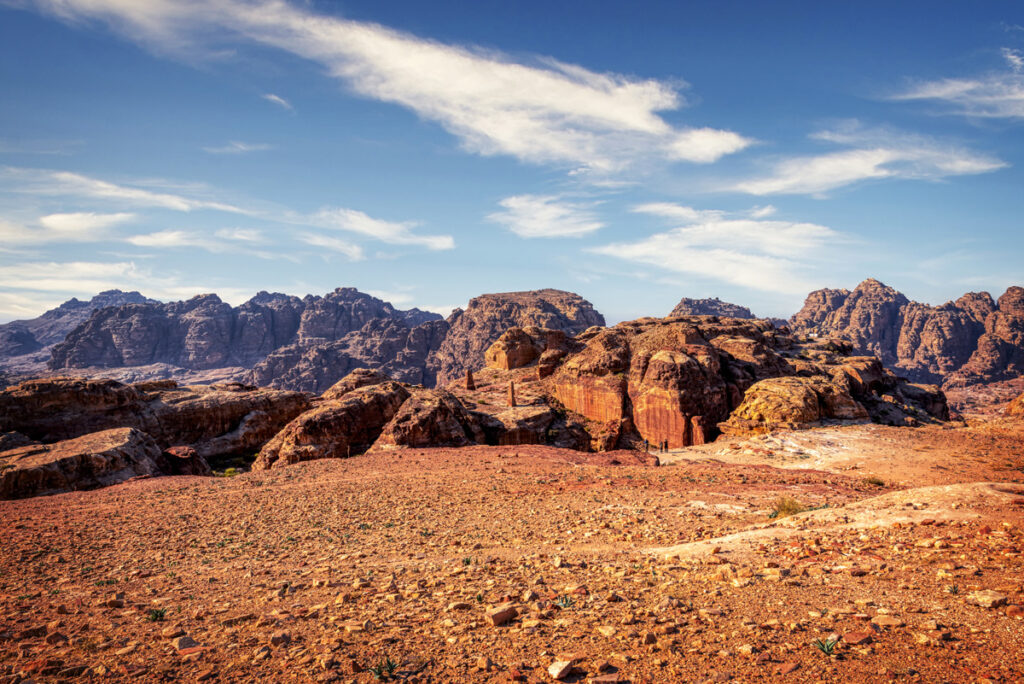
The High Place of Sacrifice
The High Place of Sacrifice, dating back more than 2,000 years, reveals the deeply spiritual practices of the Nabataeans. This ancient Arab civilization, renowned for their ingenuity and artistry, used the high altitude of the site as a place of worship. It was here, amidst the sky and mountains, that sacred rituals and offerings were made to honor their gods. The platform itself is a testament to their skilled craftsmanship, with an expansive stone altar hewn directly into the rock. Evidence suggests that animal sacrifices were conducted here, accompanied by prayers and ceremonies.
The site features an impressive altar, meticulously carved into the rugged sandstone. Two large obelisks stand nearby, believed to represent deities or possibly the spirits of Nabataean kings. Surrounding this ceremonial area, remnants of staircases and paths highlight the advanced engineering techniques used to construct this extraordinary sanctuary at such a height. These carvings, combined with the site’s stark simplicity, create a profound sense of connection to the past.
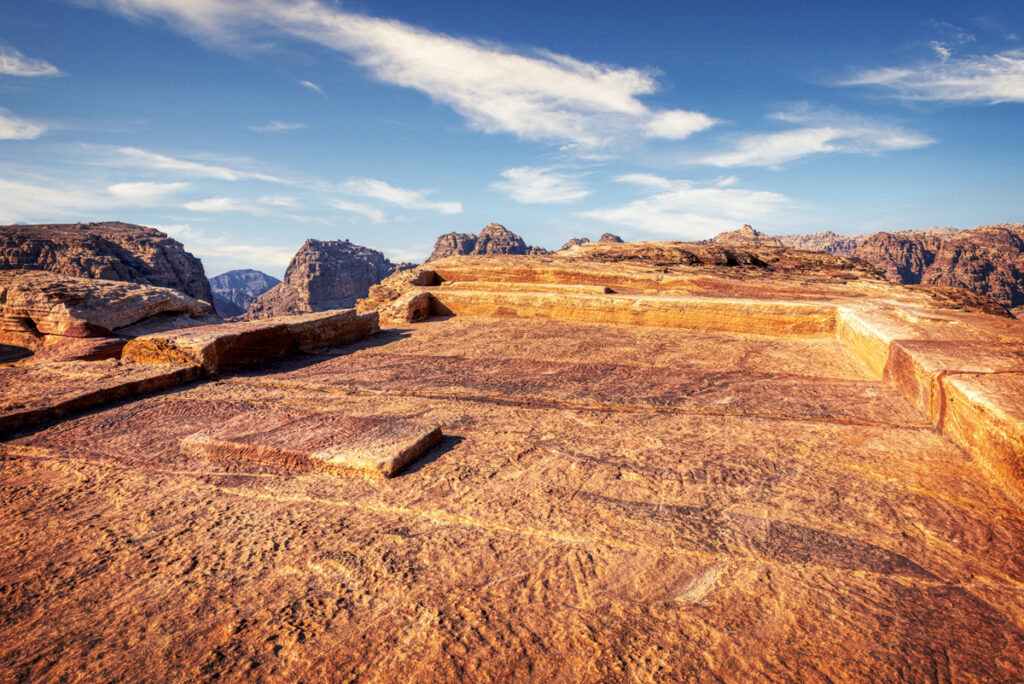
The Obelisks at the High Place of Sacrifice
Perched high above the ancient city of Petra, the obelisks at the High Place of Sacrifice are some of the most enigmatic and distinctive features of this incredible site. Towering against the stark sandstone cliffs, these monolithic structures offer a glimpse into the spiritual and symbolic world of the Nabataean civilisation.
Their geometric simplicity is striking, with clean, angular lines that emphasise their commanding presence. The obelisks are unadorned, lacking intricate carvings or decorations, which adds to their sense of mystery and austerity. Their solid form contrasts beautifully against Petra’s more ornate architectural marvels, further highlighting their unique role within this sacred space.
The obelisks may have served as representations of Nabataean gods, possibly linked to their spiritual connection with nature and the surrounding elements. Some experts suggest that they symbolise male and female energies, standing as a harmonious representation of balance and creation. Another theory posits that these structures marked the site as a sacred realm, inviting worshippers to connect with their gods in a place that felt closer to the heavens.
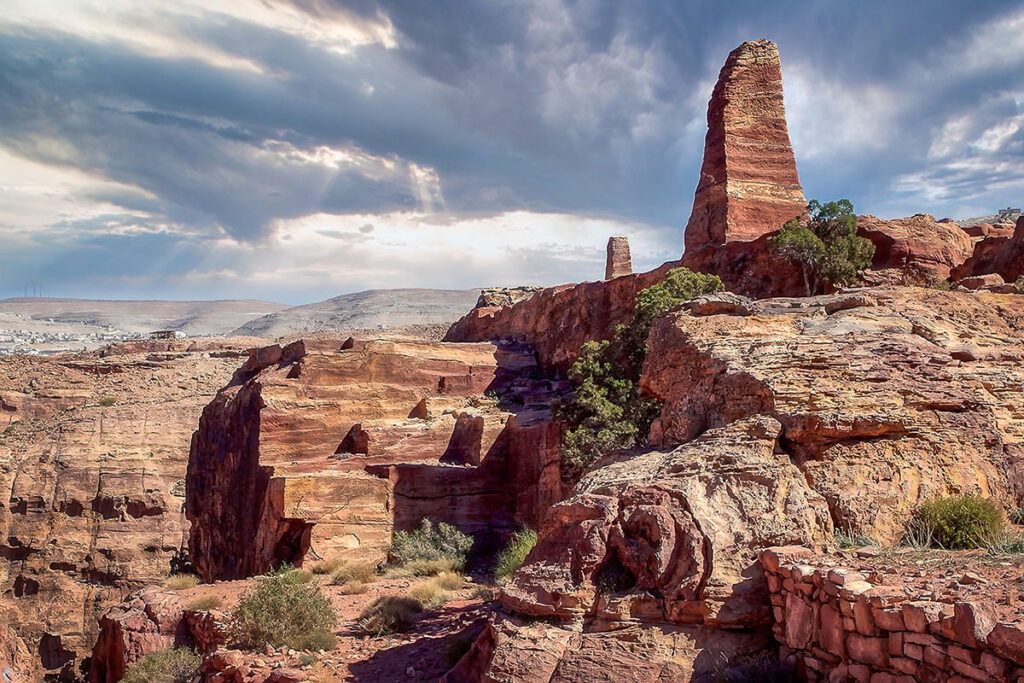
Descending Through an Alternative Back Route
For those looking to extend their adventure, you can descend via the back trail, which unveils even more of Petra’s treasures. This route winds down through Wadi Farasa and includes lesser-known landmarks such as the Garden Tomb, the Renaissance Tomb, and the Soldier’s Tomb, each of which adds another chapter to the tale of Petra’s rich history. The descent takes about an hour and provides a captivating alternative to retracing your steps.
What to Expect
The High Place of Sacrifice Trail offers a total experience of 2 to 3 hours round trip, depending on the path you choose for your descent. Visitors should come prepared with water, sunscreen, and a hat to protect against the desert sun. While the ascent can feel demanding at times, the awe-inspiring views, historical significance, and tranquil atmosphere make it a worthwhile effort for curious hikers and history enthusiasts.
